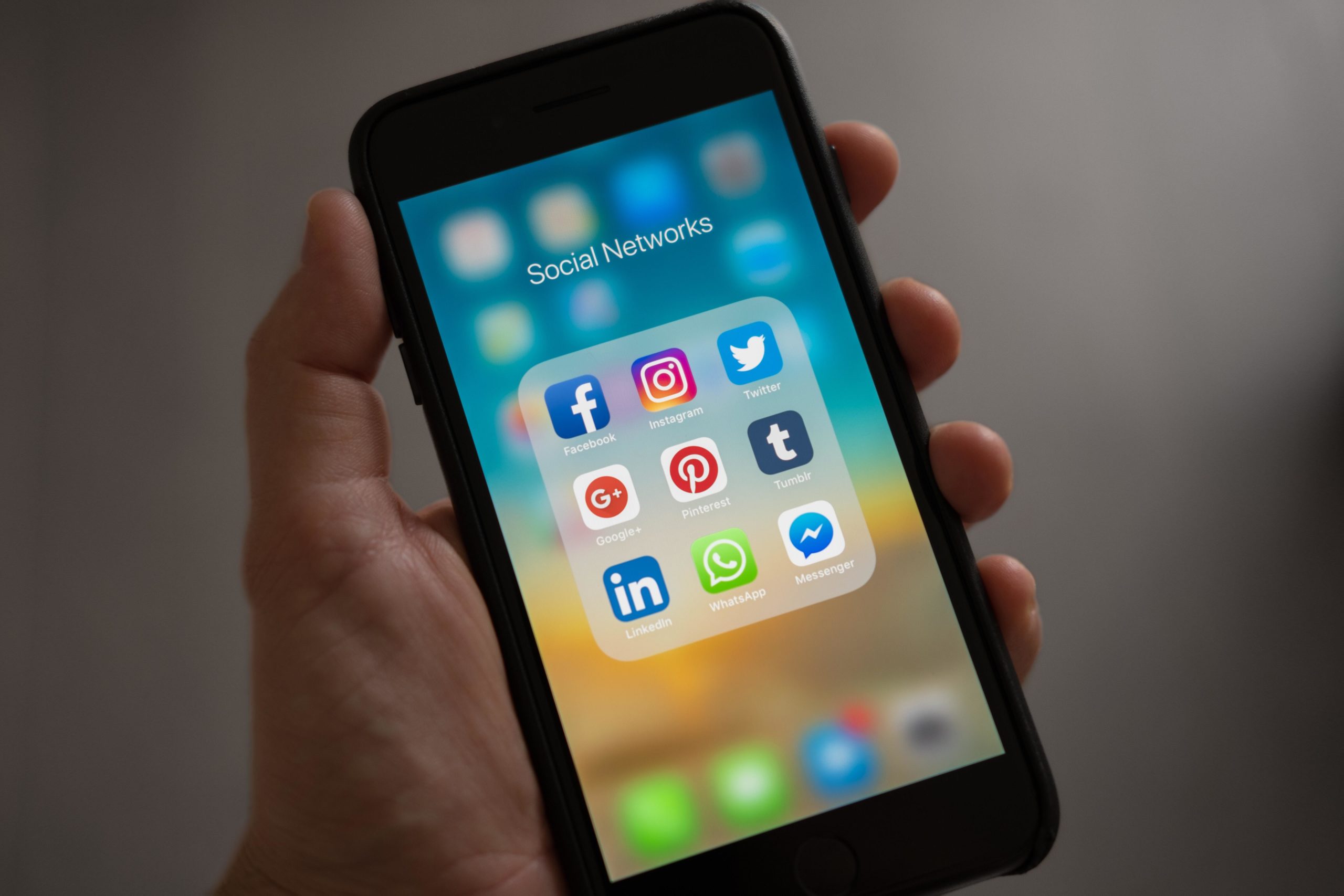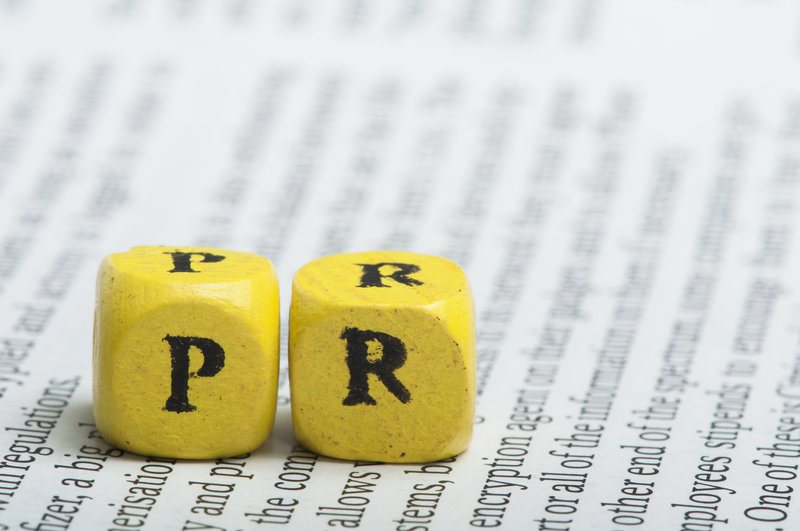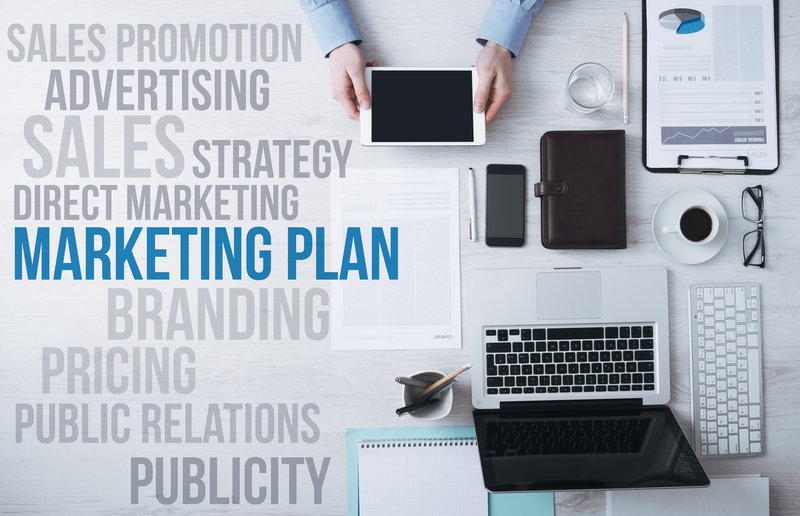In the beginning, it was your words in simple print – your brand vision, your mission statement, your first launched website. Then there were the blogs and social media connections, not to mention hefty Google ad marketing expenses, that grew your network. From there, your products and services, as well as your in-house marketing efforts, continued to grow brand visibility and profits.
Now, however, you’re ready for “The Next Level” of brand exposure, and that depends on high-quality (top tier) media coverage.
PR Agencies Promote Top-Tier Visibility On Media Outlets
Unless your small- to mid-size company has incredible connections or happens to create that one-in-a-million product or service that puts you on the nation’s radar, you’re going to need some professional PR help.
Without developing the right connections with media outlets that go beyond your local area’s freebie or subscription newspapers, or occasional spots on a local radio station, you will struggle to garner published press releases, interviews, or – what we refer to as “top tier placement” – by more major media outlets.
But what are those said media outlets, anyway? And how do you learn which media outlets are the best to get certain messages out, to a specific target market/audience, about a particular type of product, service, or good work you’ve done? That is easier said than done, and it requires an understanding of the various types of media outlets available to you, as well as which ones are best to work with for any given situation.
Media Outlet Types: The Big Five
There are five general categories of media outlets. We’ll go through each of them below, giving a general description and explaining how you can best use them to promote your brand.
Again, even if you aren’t employing a full-time PR agency, contracting with a reputable firm exclusively to help you build media recognition is a smart and budget-savvy way to get a great bang for your PR bucks.
Social Media
The most powerful thing about social media is that it allows you to connect directly with your brand’s followers and prospects. This is a very personal way to communicate, and odds are that many of your long-term followers feel like “part of the family” if you actively engage with them via Facebook, Instagram, Pinterest, Twitter, YouTube, and so on.
Social media outlets are ideal for sharing:
- Information about yourself AND others (don’t forget to share the wealth by sharing other, similarly aligned brands to gain bonus points)
- Photos, videos, infographics, studies/research, etc.
- Links to other media outlet features and spotlights
- Your stories in vignette form (or long format in the case of YouTube video options)
- Information galore (with blogs being a wonderful way to share longer-format pieces)
Routine, frequent posts are the key to successful social media branding. Ideally, brands should be interacting at least three or more times a week (daily is ideal). Otherwise, it’s impossible to generate the level of momentum you need to expand your network.
Newspapers
Newspaper features offer both long- and short-format options for brands to make themselves known in the community, and the greater world-at-large. Even bigger regional, state and national newspapers still prefer to share news from a local- or community-based angle.
Depending on whether you are promoting upcoming events, volunteering or community giving experiences, post-event recaps/coverage, new or re-launched products, and services, or your solutions to current events or issues, the newspaper offers perfectly segmented opportunities to share. Those include:
- General assignment/general news
- Lifestyle/Features
- Op-Ed page/Letters to the Editor
- Health Business
- Consumer Education
- Calendar of Events/Events Political
- Photo Desk
The general news is typically fielded by the city or managing editor. You can find their information, as well as the section editors’ and beat reporters’ information on the newspaper’s website.
It’s essential to pay close attention to how they want to learn about your event, deadlines for submittals (often weeks ahead of deadlines), etc. Not following their instructions to the letter means not getting your information through their outlet.
Also, odds are – unless you’re already “famous,” they will not invest in available staff to take pictures or cover your events. Cover your own events with professional photographic/videographic style so you have compelling visual content to round out your submissions.
Television
Again, like their larger newspaper counterparts, television journalists know that stories with heart are the way to win an audience. Television networks work hard to create angles that generate feelings in their audience through the combination of text/scripts, visuals, editing, and music/sound.
standard commercials (expensive) to spots on specialty programs positioning you as the “expert” in your field. In that case, your brand’s representative should be completely comfortable in front of the camera, having the ability to remain calm, answer off-the–cuff questions, and to make tech/science/complex concepts easily comprehensible to the audience. The ability to share quick and compelling soundbites, succinct information that gets to the point, or your brand representatives’ ability to be captivating in their appearance, attitude, or voice is a bonus.
If you are able to generate enough interest that a TV station is willing to cover your event, more power to you. That’s a wonderful way to share your brand with thousands or even millions of viewers, especially if audience members respond positively. That puts you in position for more features by them in the future.
Like newspapers, TV stations need at least two to three weeks warning, possibly more, as they are always working ahead. News releases and media alerts should follow the station’s guidelines, available on their website. And, as you can imagine, the bigger the TV network the better connections it is to have if you want to catch a glimmer of their spotlight.
Radio
The great news about radio is that your spots can be ultra-short and sweet (think 10 to 30 seconds), repeatable (because they are recorded and re-used in breaks between songs and segments, or they can be on the longer side as you sit in as an expert interviewee or the radio station chooses to broadcast live from your sponsored event.
Again, those who present on your behalf via radio stations should be personable, warm, and have a voice that soothes rather than grates on the audience members’ ears. Depending on the station or the event, your audience may be smaller and niche-oriented, or you may make yourself visible (or, shall we say, “audible”) to thousands. If you’re a small business, and none of your key players have a “radio voice” it can be worth it to pay for voice-overs for commercials or promotional spots that don’t require an “expert” on hand.
Words and scripts are essential because unlike newspaper or TV spots, where visuals are as important more so than the text, radio depends on words and expressive voices to tell your brand’s story.
Not surprisingly, radio stations typically prefer a lead time of three weeks or longer.
Magazines
Magazines are a niche audience dream market for advertisers. The only people who pick up and/or subscribe to magazines are those who are aligned with the magazine’s core values or features. Magazines are a fantastic collaboration of print and visual content and give you the ability to reach both your local market as well as national or international niche/trade publications.
Unlike the two– to three week lead time required by newspapers, TV, and radio stations, magazine issues are planned months in advance. You’ll want to begin communicating with key editors/writers (again, you’ll find these on the magazines’ websites) at least three to six months in advance unless specified otherwise. Also, rather than a typical press release or similar, AP-style content, magazines will also respond to high-quality photos or graphics that support the content so they can get an idea of whether it’s a good fit for their brand and style.
There’s no doubt that the right network connections (and a history of successful features) pave the way to top tier media coverage. Working to make those connections will pay off, but if high-quality media exposure is a goal for your next level of brand development, you are better served by forging a partnership with a good PR agency.
Is Your Business In Need Of More Exposure?
Looking to forge a partnership with a media-savvy PR agency that gets results? Contact us here at Segal Communications. We can’t wait to tell your story.













Recent Comments